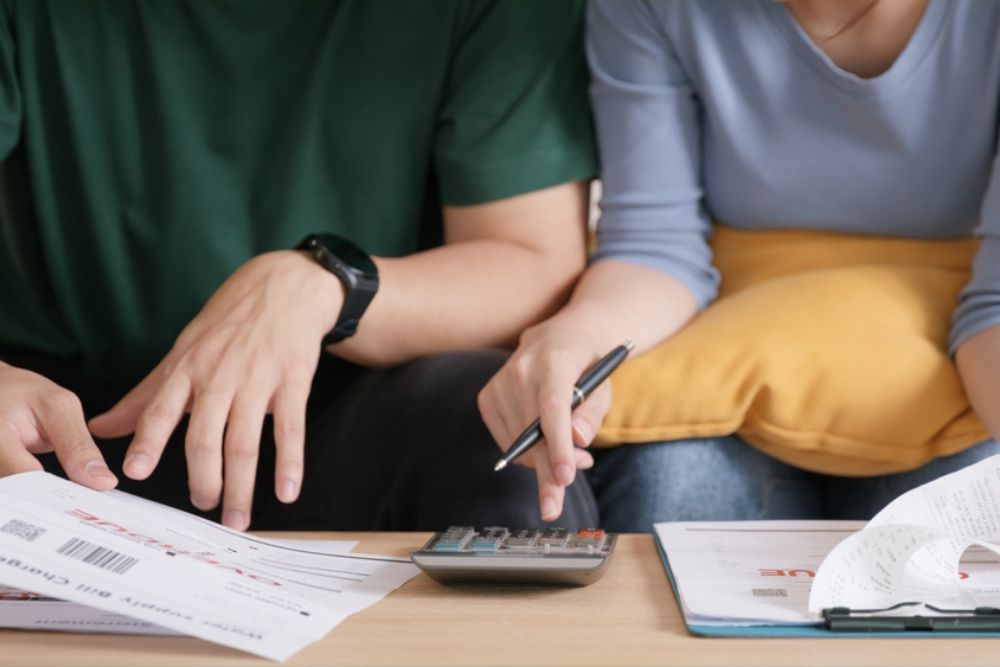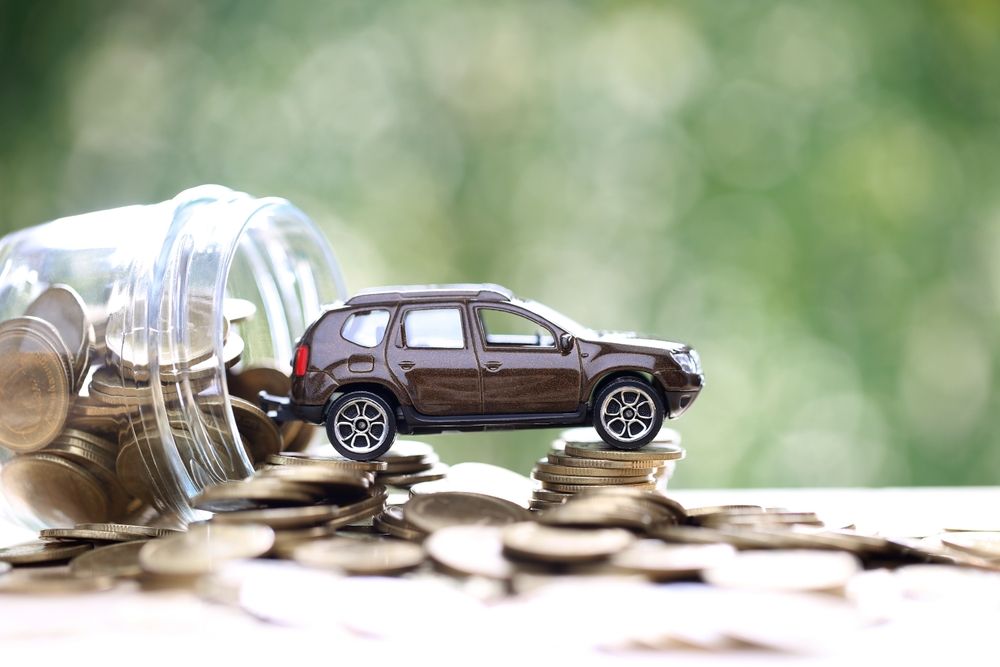High-interest debt, whether from credit cards, payday loans, or other types of revolving credit, can quickly spiral out of control if not managed properly. The longer it takes to pay off, the more money you end up paying in interest, making it harder to break free. But with the right strategy and mindset, you can crush high-interest debt quickly and regain control over your finances.
In this article, we’ll explore effective strategies to pay off high-interest debt fast, tips for staying motivated, and ways to prevent it from accumulating again in the future.
Why High-Interest Debt Is a Problem
High-interest debt, such as credit card balances or payday loans, can be one of the most financially damaging types of debt. Here’s why:
- Interest Accumulates Quickly: High-interest rates mean that your balance doesn’t just stay the same – it grows rapidly. For example, a credit card with an interest rate of 20% means that if you carry a balance, the amount you owe increases by 20% annually, making it harder to pay off your debt and increasing your total financial burden.
- Long-Term Financial Strain: If left unchecked, high-interest debt can take years to pay off, leaving you paying more in interest than the original amount you borrowed. This makes it difficult to save for your future, invest, or meet other financial goals.
- Limits Your Financial Flexibility: High-interest debt takes up a significant portion of your monthly income, leaving you with less money to spend on necessities or save for emergencies, retirement, or other long-term goals.
Steps to Crush High-Interest Debt Fast
The good news is that you can take control of your finances and crush high-interest debt faster than you might think. The key is to have a clear plan and take actionable steps. Let’s walk through the most effective ways to tackle this type of debt.
1. Understand Your Debt and Create a Budget
The first step in tackling high-interest debt is understanding how much you owe, to whom, and at what interest rates. List all your debts, including the balance and the interest rate for each one. This will help you see the full picture and determine where to focus your efforts.
Once you have a clear understanding of your debt, create a monthly budget. Track your income and expenses to identify areas where you can cut back. The more you can trim from discretionary spending (e.g., eating out, entertainment), the more money you can allocate to paying down your debt.
2. Prioritize High-Interest Debt (Debt Avalanche Method)
When it comes to paying off multiple debts, a strategic approach is necessary. One of the most effective methods is the debt avalanche method. This strategy focuses on paying off the debt with the highest interest rate first, while continuing to make minimum payments on your other debts.
The reason this method works is that high-interest debt costs you the most money over time. By paying it off first, you reduce the total interest you’ll pay, speeding up the process of becoming debt-free.
Here’s how to implement the debt avalanche method:
- List your debts from the highest to the lowest interest rate.
- Make the minimum payments on all debts except the one with the highest interest rate.
- Put any extra money toward the debt with the highest interest rate, while paying the minimum on the others.
- Once the debt with the highest interest rate is paid off, move on to the next highest, and continue the process.
While this method may take longer to see results (since you're focusing on the high-interest debt first), it saves you the most money in the long run and gets you out of debt faster.
3. Consider the Debt Snowball Method (for Motivation)
If you're someone who needs quick wins to stay motivated, the debt snowball method might be more suitable. This method involves paying off the smallest debts first, regardless of the interest rate. While this won’t save you as much in interest, it offers psychological benefits by giving you quick, tangible results.
Here’s how it works:
- List your debts from the smallest balance to the largest.
- Make the minimum payments on all debts except the one with the smallest balance.
- Put any extra money toward the debt with the smallest balance, while paying the minimum on the others.
- Once the smallest debt is paid off, move on to the next smallest, and continue until all debts are paid.
The debt snowball method can be incredibly motivating because it allows you to cross off debts quickly. This can give you a sense of accomplishment and propel you to continue tackling larger balances.

4. Refinance or Consolidate Your Debt
If you’re struggling with high-interest rates, refinancing or consolidating your debt might help. Here’s how:
- Refinancing involves taking out a loan or line of credit with a lower interest rate to pay off existing high-interest debt. This can significantly lower your monthly payments and the overall interest you pay.
- Debt consolidation allows you to combine several debts into one, ideally at a lower interest rate. This simplifies your payments, as you’ll have only one monthly payment to keep track of.
Be sure to compare rates from different lenders to ensure you’re getting the best deal. Also, avoid taking on new debt after refinancing or consolidating, as this could undo your progress.
5. Cut Back on Expenses and Increase Your Income
To speed up your debt repayment, consider cutting back on discretionary spending and finding ways to increase your income. Here are a few strategies:
- Cut unnecessary expenses: Review your spending and look for areas to cut back, such as subscriptions, dining out, or impulse purchases. Every dollar you save can be put toward your debt.
- Pick up a side job: A part-time job, freelancing, or gig work can help you generate extra income that can be used exclusively for debt repayment.
- Sell unused items: Consider selling items around your house that you no longer need or use. The money you make can go directly toward your debt.
By reducing your expenses and finding ways to earn more, you can increase the amount of money you put toward paying off your high-interest debt.
6. Avoid Accumulating More Debt
One of the most important steps in crushing high-interest debt is avoiding accumulating more debt. Here’s how to do that:
- Stop using credit cards: If credit card debt is part of the problem, commit to using cash or a debit card while you pay down the balance.
- Build an emergency fund: Having a small emergency fund of $500–$1,000 can help you avoid using credit cards for unexpected expenses.
- Learn good financial habits: Budgeting, tracking your spending, and saving regularly are all crucial to ensuring you don’t fall into the debt trap again.
Staying Motivated and Focused
Paying off high-interest debt can be challenging, but staying motivated is key to success. Here are some tips to keep you on track:
- Set clear, achievable goals: Break your debt repayment into smaller, manageable goals. For example, aim to pay off a specific debt within six months.
- Celebrate milestones: When you pay off a debt, celebrate! Whether it’s a small treat or a fun activity, reward yourself for your hard work.
- Stay focused on the end goal: Visualize what your life will be like without debt. Remind yourself regularly of the financial freedom you’ll have once you’ve paid everything off.
Crush Your High-Interest Debt
Crushing high-interest debt isn’t easy, but it’s entirely possible with the right strategy, commitment, and discipline. Whether you choose the debt avalanche or debt snowball method, refinancing or consolidating, or simply cutting back on expenses, the key is to stay focused and make consistent progress.
By understanding your debt, prioritizing payments, and sticking to your plan, you can eliminate high-interest debt faster, save money on interest, and regain control over your financial future. Take action today, and you'll be on the path to a debt-free life in no time.





